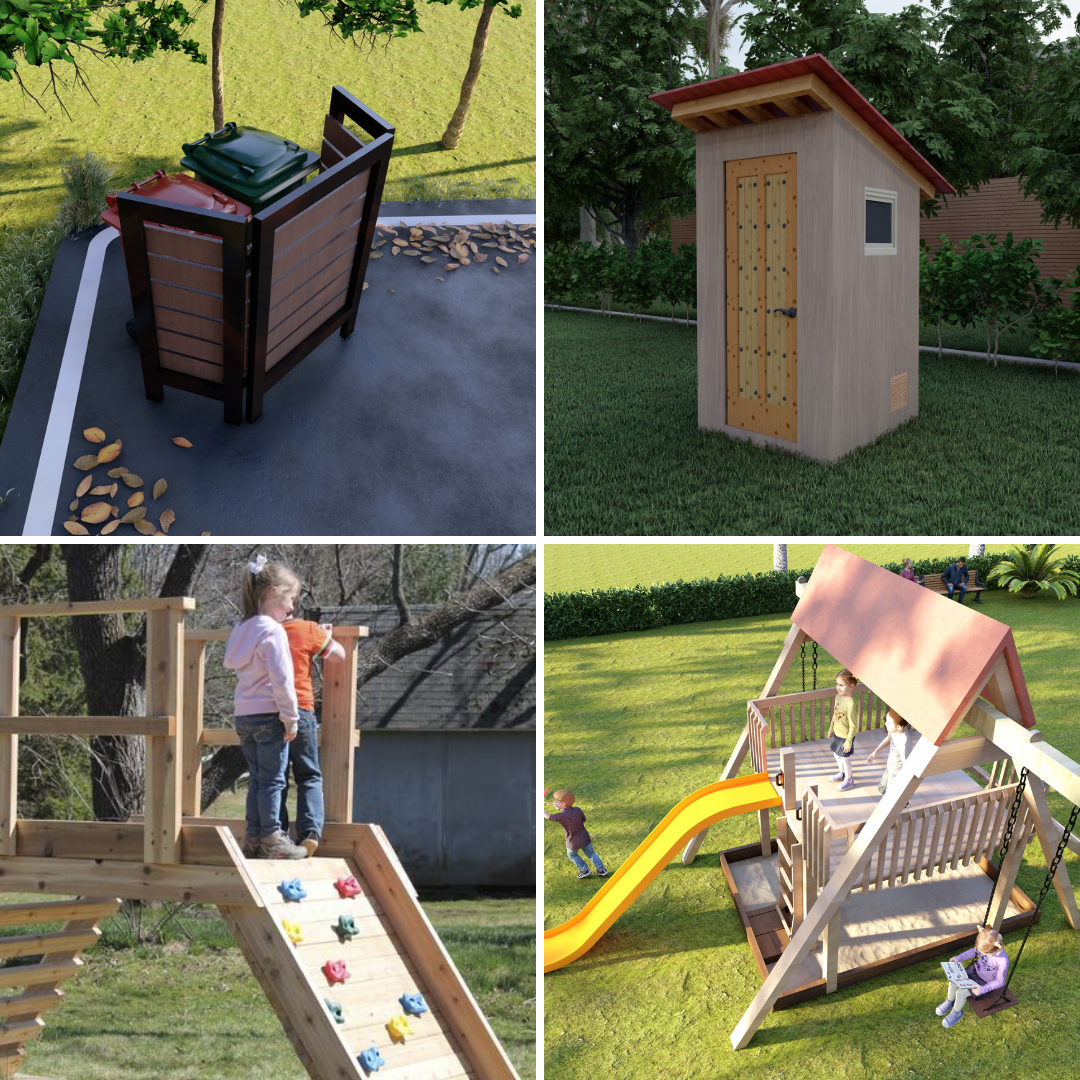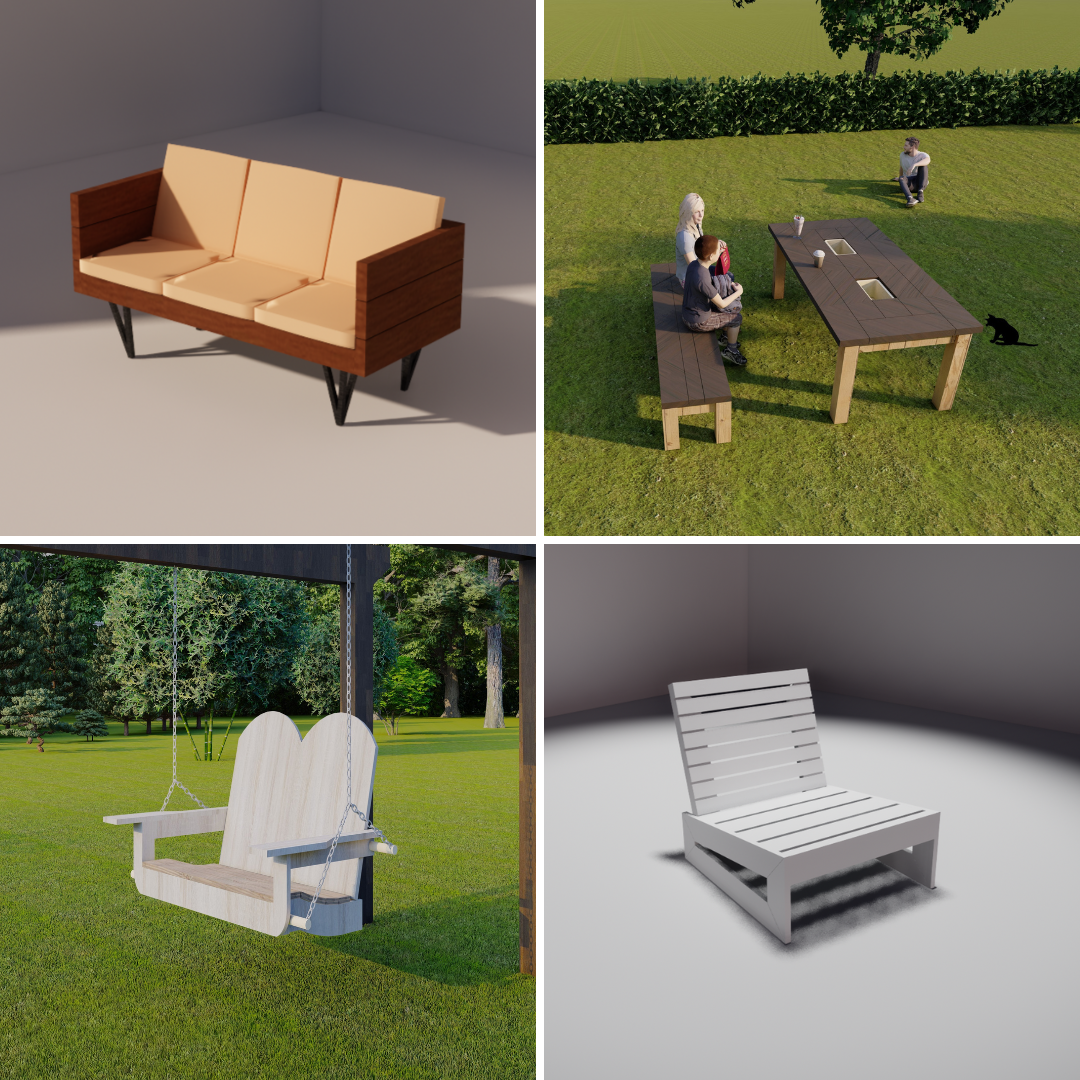
How to Travel Full-Time in a Tiny Home on Wheels
Share
Traveling full-time in a tiny home on wheels offers the perfect blend of adventure, freedom, and minimalism. It allows you to explore new places while carrying the comforts of home wherever you go. Whether you’re drawn to the allure of van life or want a fully equipped tiny house on wheels (THOW), this lifestyle can be as fulfilling as it is liberating. To start planning your journey, check out Tiny Home & Cabin Plans, which offers valuable resources for designing a mobile tiny home that suits your travel needs.
Transitioning to full-time travel in a tiny home requires preparation and careful planning. From finding parking spots to organizing your space efficiently, there are many factors to consider. For tips and advice about navigating life on the road, visit Tiny House Travel, which provides practical guidance for those looking to hit the road in a tiny home. Let’s explore three key aspects of making this dream a reality.
1. Designing Your Tiny Home for Mobility and Comfort
A well-designed tiny home on wheels is essential for successful full-time travel. Since you’ll be living in a compact space, every square foot needs to be functional and durable enough to withstand the challenges of frequent movement. Here are some considerations:
Choosing the Right Layout
The layout of your tiny home should prioritize efficiency and comfort. Open floor plans with multi-functional furniture are ideal for maximizing space. Consider incorporating these features:
-
Convertible Furniture: Items like sofa beds, folding tables, and storage ottomans can serve multiple purposes.
-
Accessible Storage: Overhead compartments, under-bed drawers, and vertical shelving can help keep your belongings organized.
-
Defined Zones: Create distinct areas for sleeping, cooking, and relaxing to make your home feel more spacious.
Durable and Lightweight Materials
Since your home will experience constant motion, prioritize lightweight materials that reduce weight without compromising durability. For example:
-
Use plywood or aluminum instead of heavier hardwoods.
-
Install shatter-resistant windows.
-
Opt for lightweight yet sturdy flooring materials like vinyl planks or laminate.
Off-Grid Capabilities
Many travelers opt for off-grid setups to enjoy greater flexibility in where they park. Off-grid capabilities can include:
-
Solar panels for sustainable energy.
-
A composting toilet or portable septic system.
-
Water tanks and filtration systems for fresh water.
By customizing your tiny home to suit your travel style, you’ll create a comfortable and functional space that feels like home wherever you go.
2. Finding the Best Places to Park and Stay
One of the most significant challenges of full-time travel in a tiny home is finding places to park legally and safely. Depending on your preferences, you can choose from several options:
Campgrounds and RV Parks
Campgrounds and RV parks are some of the most convenient places to stay in a tiny home on wheels. Many offer amenities like hookups for electricity and water, Wi-Fi, and laundry facilities. Popular websites like Recreation.gov and Hipcamp can help you find campgrounds across the United States.
Boondocking and Off-Grid Parking
For a more adventurous and cost-effective option, consider boondocking (dispersed camping) on public lands. Websites like FreeCampsites.net and apps like iOverlander can help you locate free or low-cost camping spots. Remember to follow Leave No Trace principles and check local regulations before parking.
Tiny House-Friendly Communities
Some communities are designed specifically for tiny homes. These neighborhoods often include shared amenities and a supportive network of like-minded individuals. Search online directories to find tiny house-friendly communities near your destination.
Private Property Rentals
Platforms like Airbnb and Hipcamp often list private properties where you can park your tiny home. This option provides privacy and access to unique locations, such as farms or remote nature retreats.
Safety Considerations
Wherever you park, prioritize safety by:
-
Researching the area beforehand.
-
Installing security cameras or motion-sensor lights.
-
Keeping emergency supplies on hand, such as first aid kits and fire extinguishers.
Adjusting to life on the road involves more than just finding parking; it requires careful planning and adaptability. Here’s how to make the most of your full-time travel lifestyle:
Budgeting for Full-Time Travel
Traveling in a tiny home can be cost-effective, but it still requires budgeting. Consider these expenses:
-
Fuel Costs: Monitor fuel prices and plan routes to minimize mileage.
-
Maintenance and Repairs: Set aside funds for regular maintenance, such as tire checks, oil changes, and repairs.
-
Campground Fees: Budget for nightly or monthly fees at campgrounds or RV parks.
-
Insurance: Ensure your tiny home is covered by both home and auto insurance policies.
Using budgeting tools and apps can help you track expenses and stick to your financial plan.
Staying Organized in a Small Space
Living in a tiny home requires intentional organization. Use these tips to keep your space tidy:
-
Declutter Regularly: Evaluate your belongings and remove items you no longer need.
-
Label Containers: Use clear labels to quickly locate stored items.
-
Install Hooks and Racks: Maximize vertical space with hooks for jackets, bags, and kitchen utensils.
Maintaining a Work-Life Balance
If you’re working remotely while traveling, create a dedicated workspace within your tiny home. Invest in ergonomic furniture, reliable internet solutions (like mobile hotspots), and noise-canceling headphones to maintain productivity.
Connecting with Other Travelers
Building connections with other tiny home enthusiasts can enrich your travel experience. Join social media groups or attend tiny house festivals to meet others who share your passion for mobile living. Networking can also help you discover new destinations and share valuable advice.
Coping with Challenges
While life on the road is exciting, it’s not without its challenges. Addressing these proactively can make your journey smoother:
-
Weather Adaptations: Be prepared for extreme weather conditions by insulating your tiny home and carrying portable heating or cooling solutions.
-
Breakdowns: Keep a toolkit on hand for minor repairs and have roadside assistance coverage.
-
Loneliness: If traveling solo, stay connected with friends and family through regular video calls or in-person meetups.
Conclusion
Traveling full-time in a tiny home on wheels is an exciting and rewarding lifestyle. By designing a mobile home that meets your needs, finding suitable parking spots, and managing life on the road effectively, you can create a life filled with adventure and freedom. With careful planning and an adventurous spirit, the world truly becomes your backyard.







